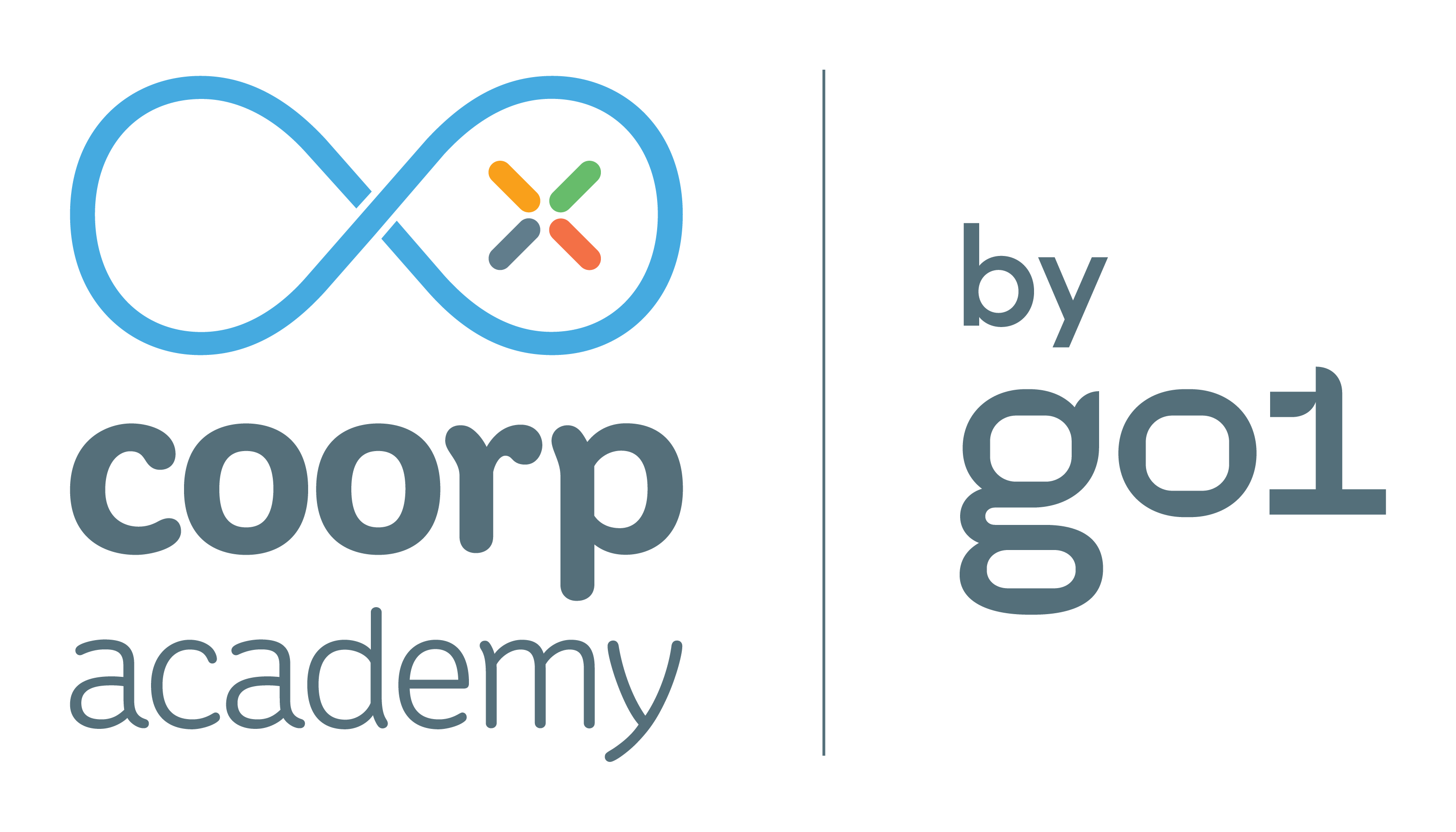10 questions to ask yourself to build a digital learning request for proposal
Learning Innovation

Writing a request for proposal (RFP) is not an exercise that can be improvised! If you are currently reading this introduction, it is because you are looking for a digital learning solution to meet specific needs. The more concise and clear your request is, the better the proposals will be adapted to your needs. However, be careful not to be too specific to leave room for creativity!
So at Coorpacademy, we have worked together with our sales team to provide you with the best advice to build your digital learning RFP! Ready to take notes?
-
Who am I?
To start writing your RFP, don’t hesitate to provide some context! Describing your company and the environment in which you operate is a good introduction to better understand your challenges. This first part allows you to get to the heart of the matter: the key objectives of the project you wish to implement.
-
Why do I need a digital learning solution?
If you are writing an RFP, it is because you have key objectives concerning the training of your employees, and more broadly, objectives for the transformation of your company. Define them clearly, so that the proposals you receive will meet your objectives precisely. Do not hesitate to define a priority objective, if this is the case, and to detail the different key points.
-
Who is this solution for?
Training your employees is essential. But not all employees learn in the same way, do not have the same training time or are simply not concerned by the same learning themes. Therefore, do not hesitate to detail the profile of your target population: what functions are they composed of? What are the different levels of seniority? And so on. Once you have defined the target population, don’t forget to specify the number. This is crucial to ensure that the solutions proposed to you are adapted to your expectations in terms of content but also in terms of price!
-
What are the key issues I want to address in my training program?
In order to meet your strategic objectives, you need to identify the key themes that you want to make available to your employees. If your population is divided into several job types and the skills and themes are varied, it is useful to specify the themes by target population! Are you looking to develop the soft skills of your employees and make them more agile, creative or adaptable? Or are your needs more focused on developing hardskills, such as mastering a new computer language or learning a new foreign language? By specifying your needs, the proposals that will be made to you will be able to concretely offer you impactful and individualized content. Ideal for engaging your learners in your (next) e-learning solution!
-
How quickly do I want to make the solution available to my employees?
From the moment you issue your call for tenders, you issue a need. In order to specify your request, it is essential to define a deployment schedule, as well as its modalities. When do you want to make your digital learning solution available to your entire target population? This information allows service providers to propose a deployment schedule that is adapted to your expectations, based on available resources.
-
How is my training ecosystem currently constituted?
To maximize the usefulness of your next digital learning solution, it is important to choose the way you want to deploy it. Do not hesitate to specify in your request for proposal how your training ecosystem is organized and how this new solution will be integrated into this ecosystem in order to facilitate the implementation of the chosen solution. Do you want to create a new platform that is accessible on all media or do you want to integrate this solution with your learning management system? These elements will allow providers to give you a complete and precise answer on the possibilities of deployment and on the time needed to make the solution accessible to the greatest number of people.
-
What are the key features I want in my digital learning solution?
Finding the right e-learning solution for you is a first step, but it must also meet the needs of your employees! Engaging learners in training is crucial for effective and sustainable skills development. To ensure that the solution you implement is the most suitable, it is useful to specify your expectations in terms of functionality. What are the expected differentiating elements? Among the multitude of choices you have on the digital learning market, are you looking for a gamified platform, which uses the codes of video games to engage learners, or do you prefer to choose a platform that relies on a catalog of content designed through a specific pedagogy and focused on the learner? These questions are essential to choosing the right platform for you!
-
In what format do I want to receive the responses to my RFP?
Once you have clearly defined your expectations for the proposed solution, define the expected response methods for your call for tenders. To ensure compliance and to save time when evaluating the various proposals, you can specify the format in which you would like to receive the responses from the service providers and in what structure.
-
How does my decision process work?
Finally, do not hesitate to detail your decision process, i.e. to communicate to the providers the desired response date as well as the next steps in the process, so that the project proceeds in the best possible conditions.
-
How can potential providers reach me?
You can close your call for tenders by giving service providers the opportunity to contact you via a contact section, so that they can ask you questions if necessary or send you any information that may be useful in your decision-making process.


